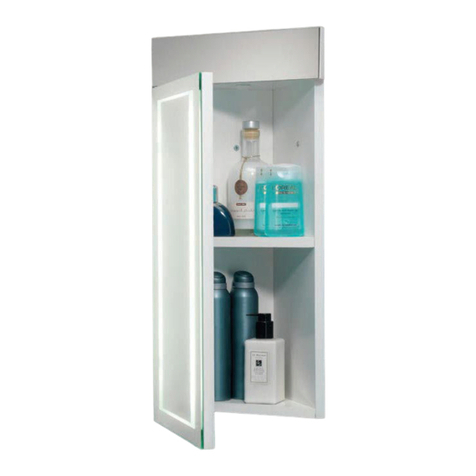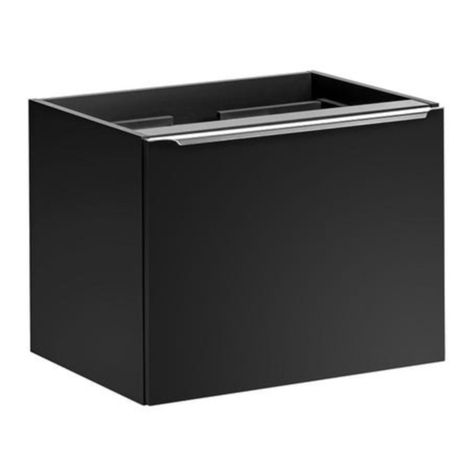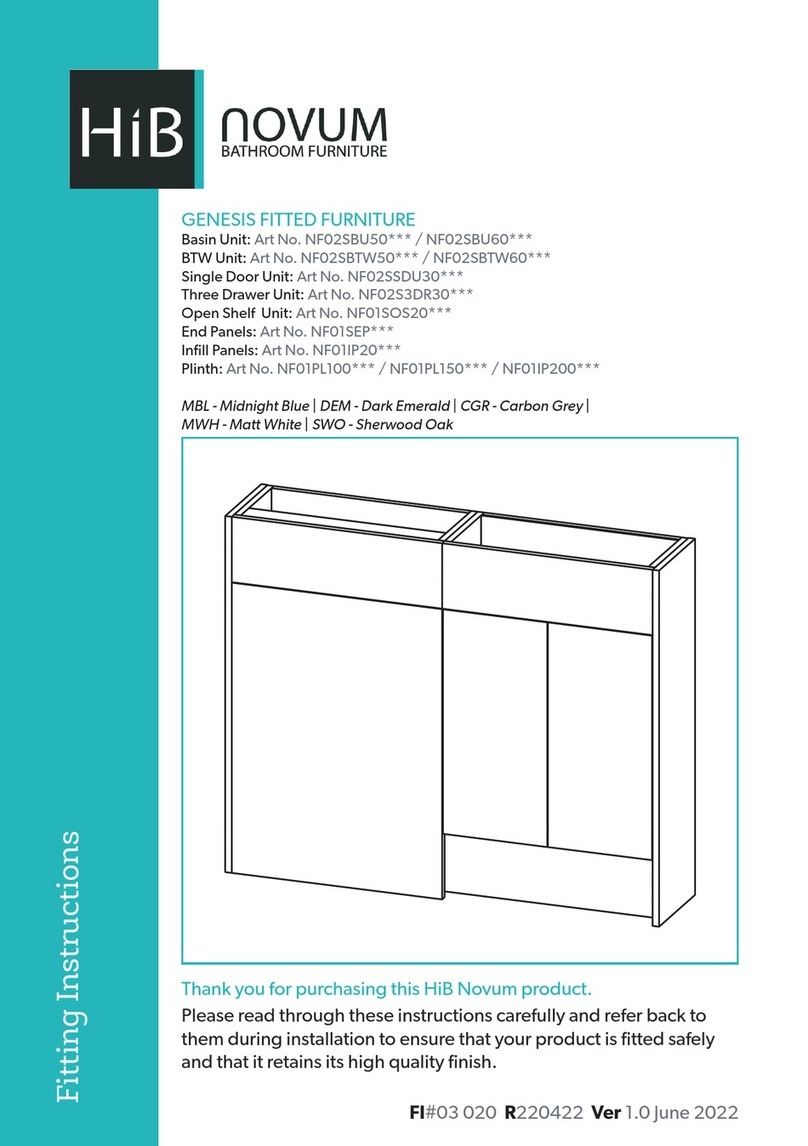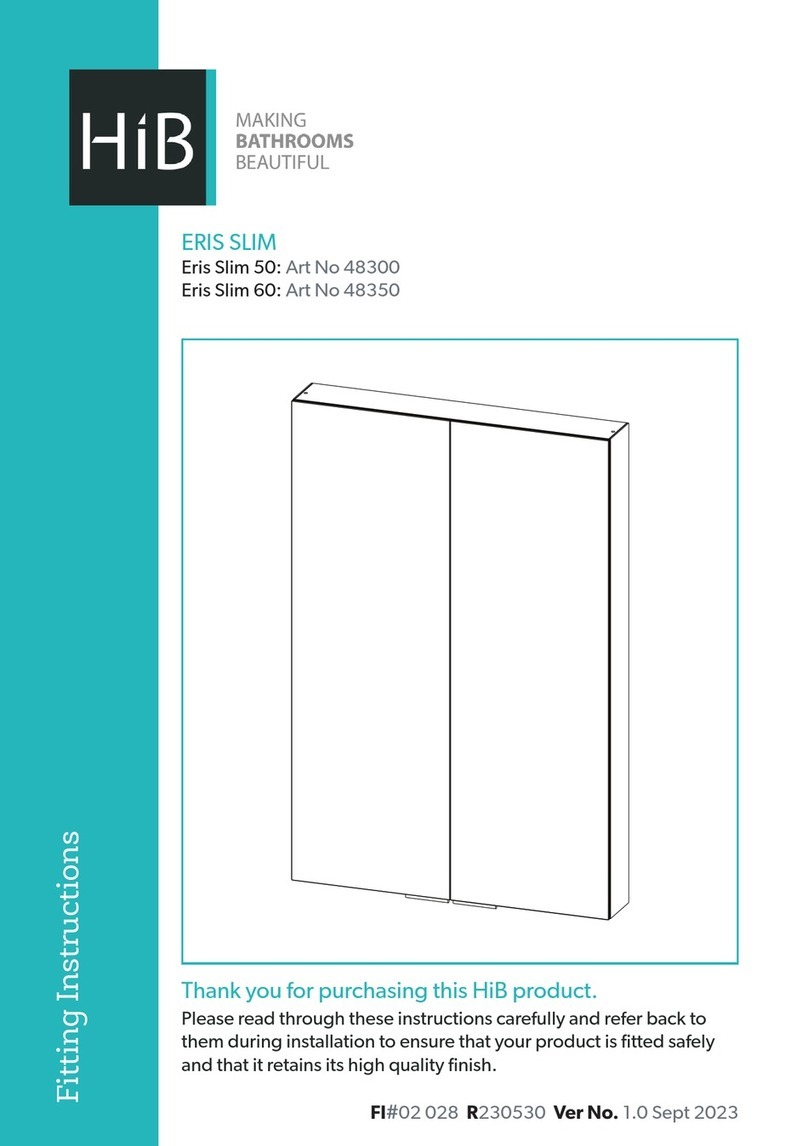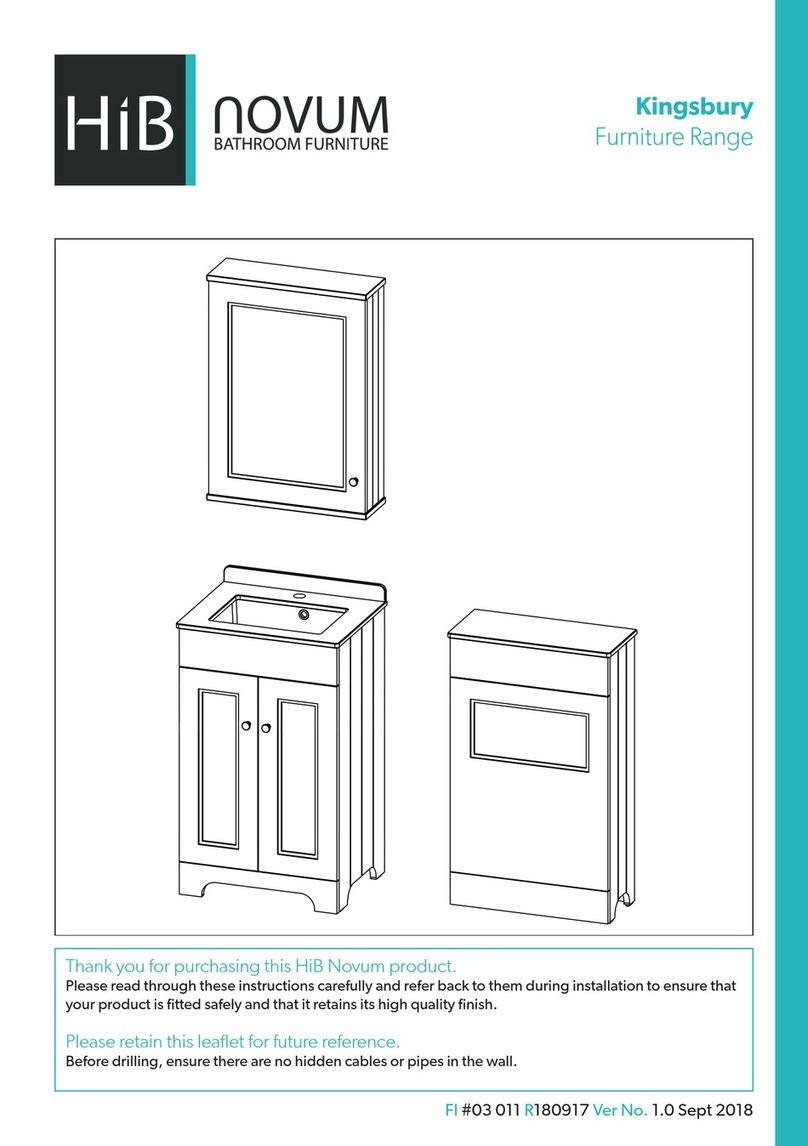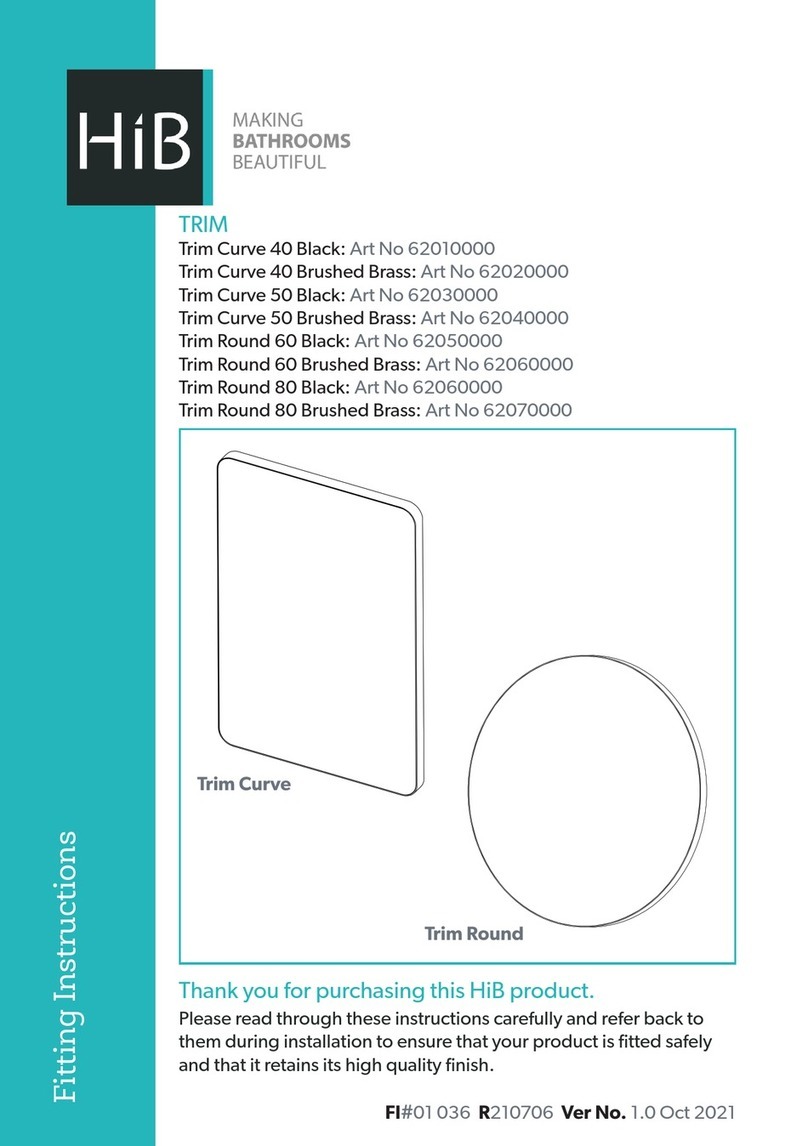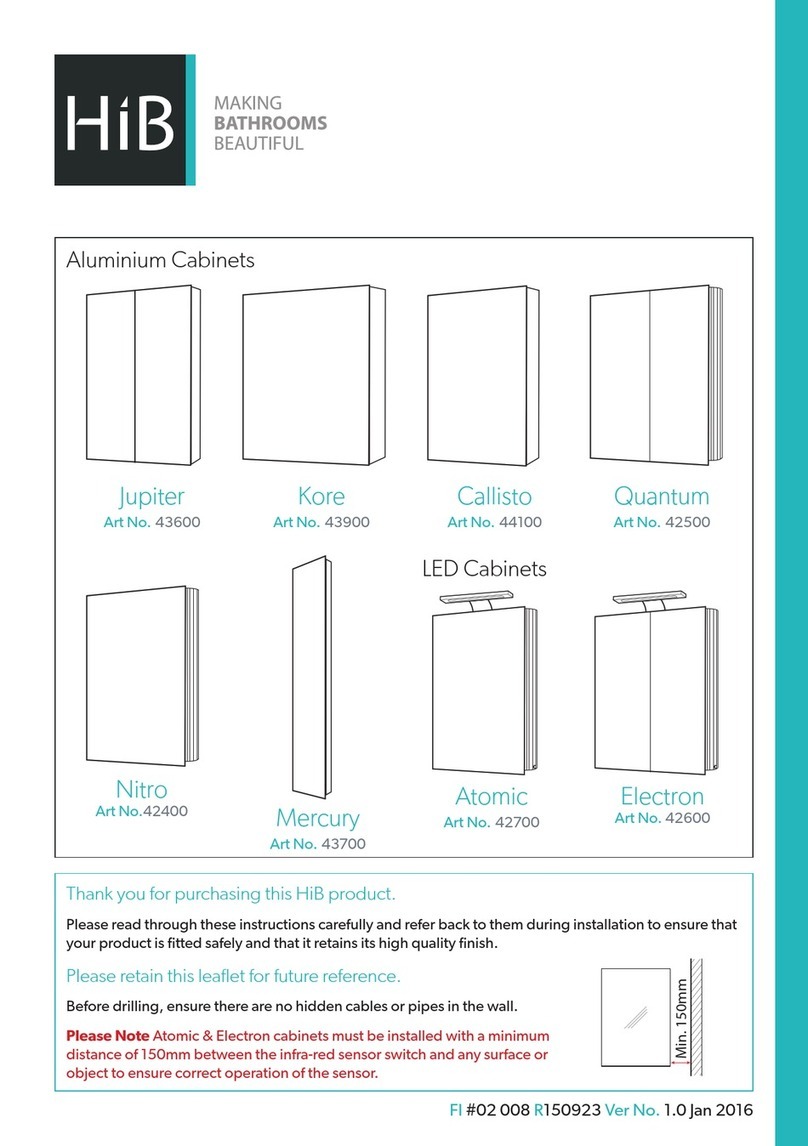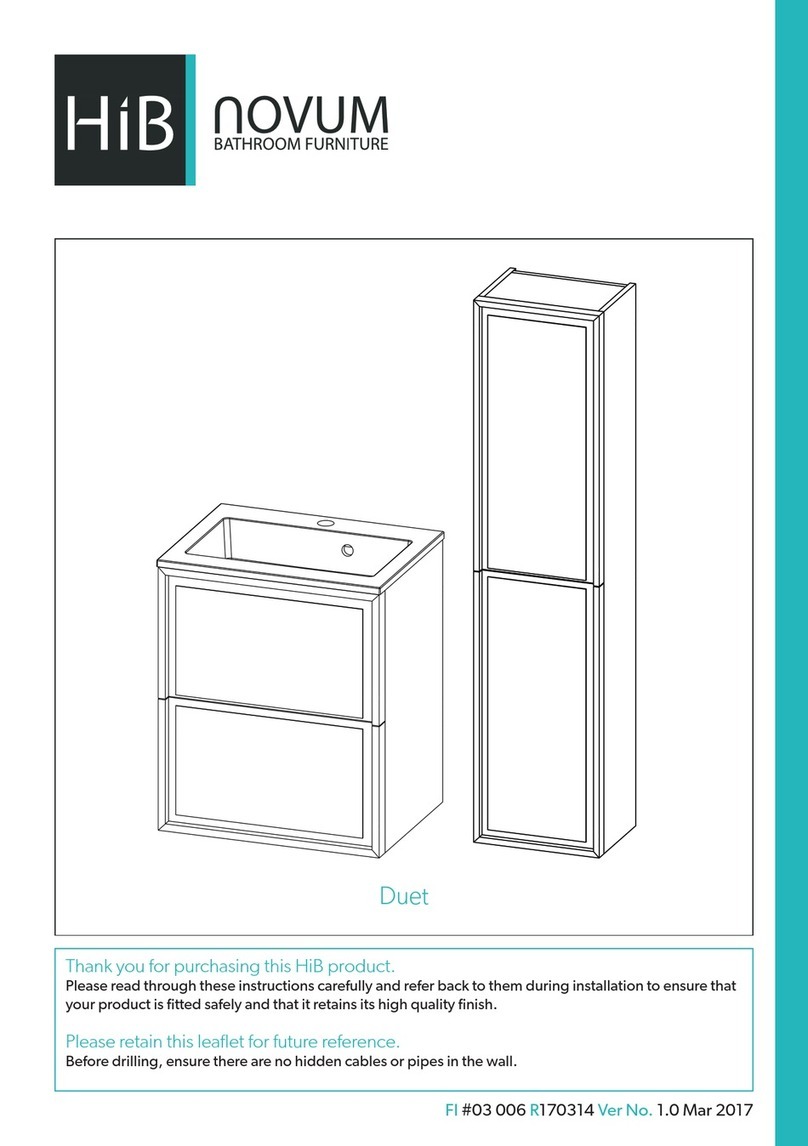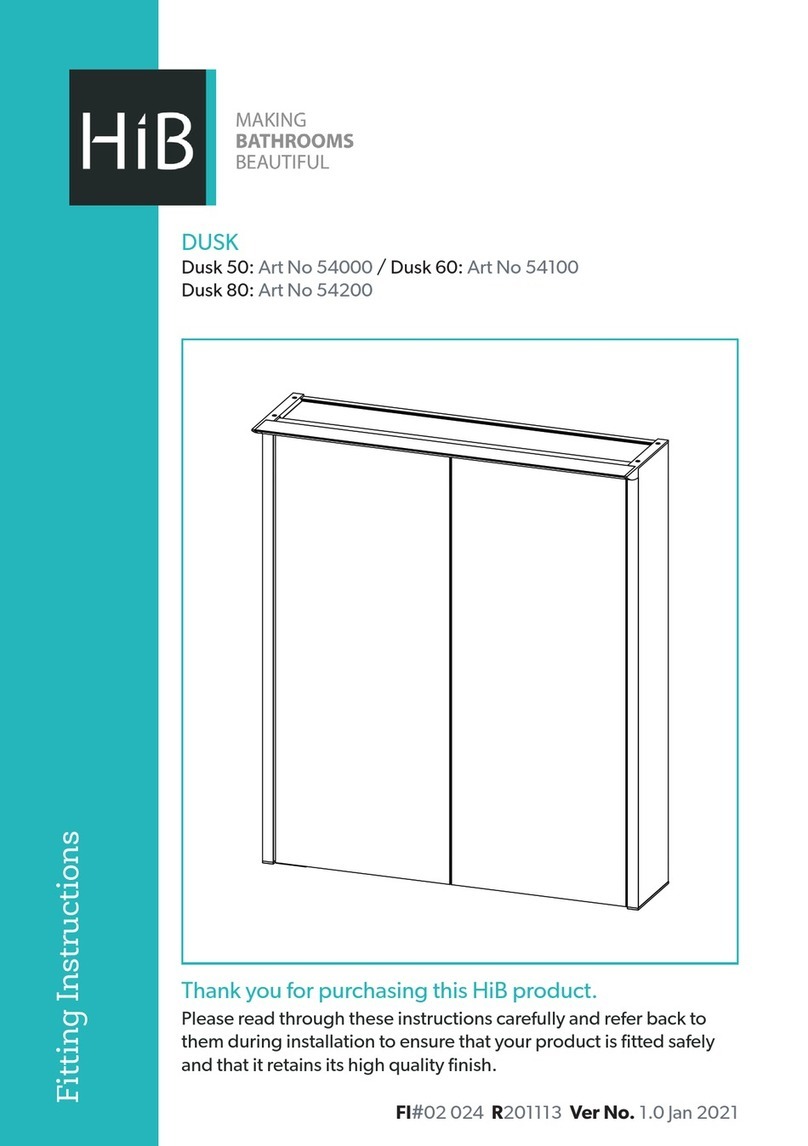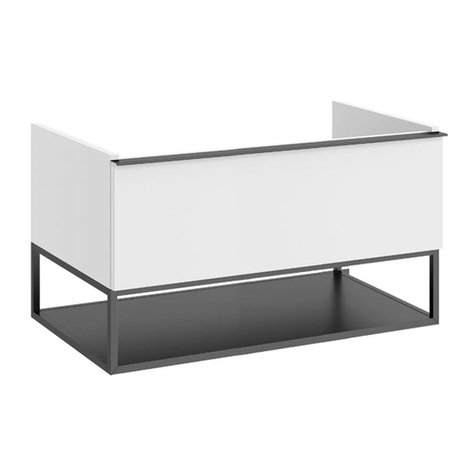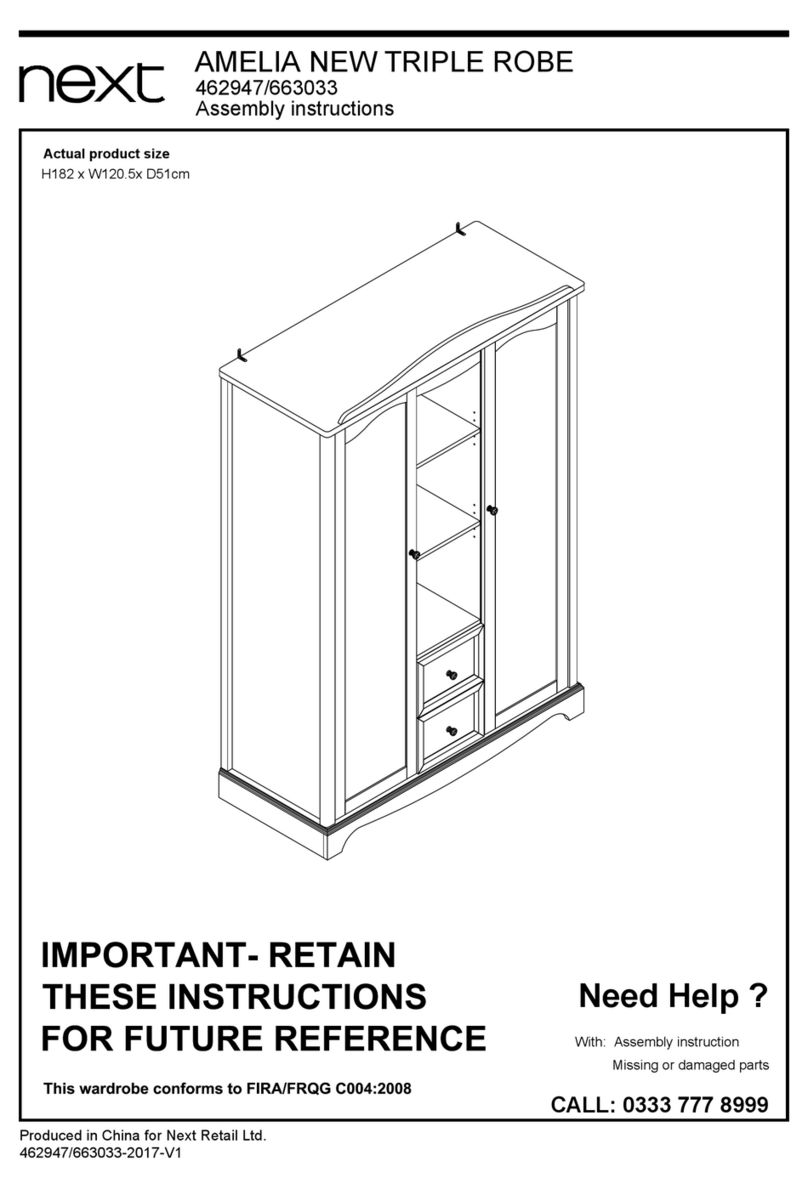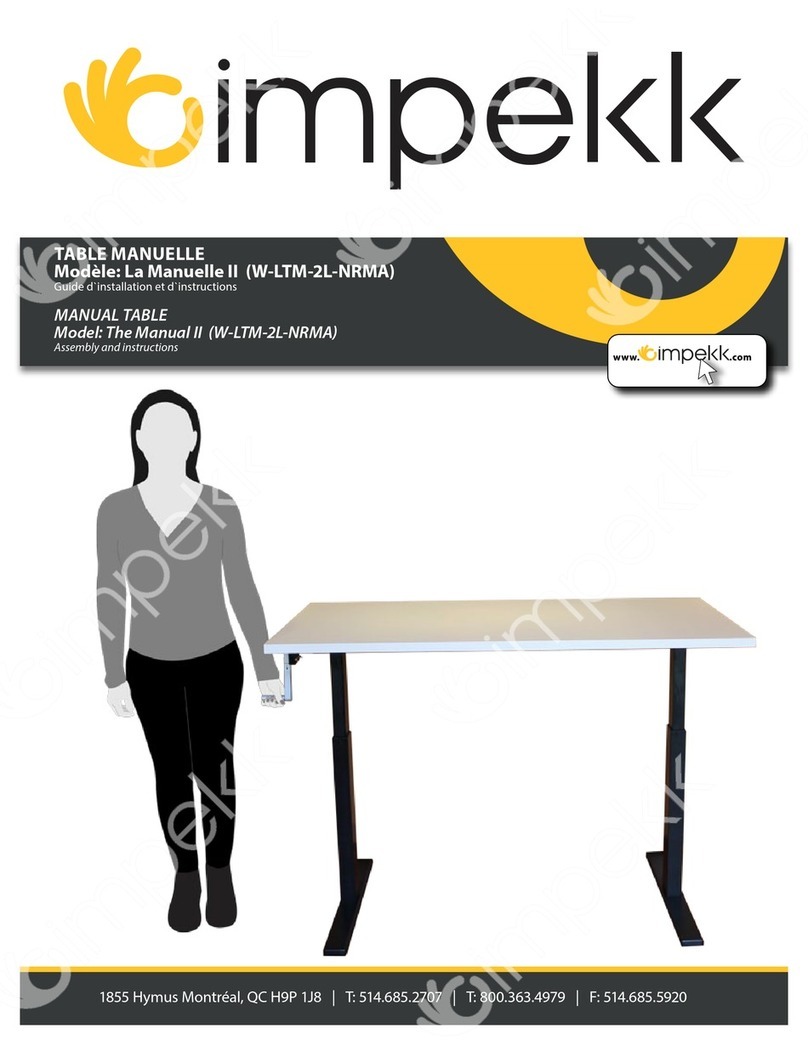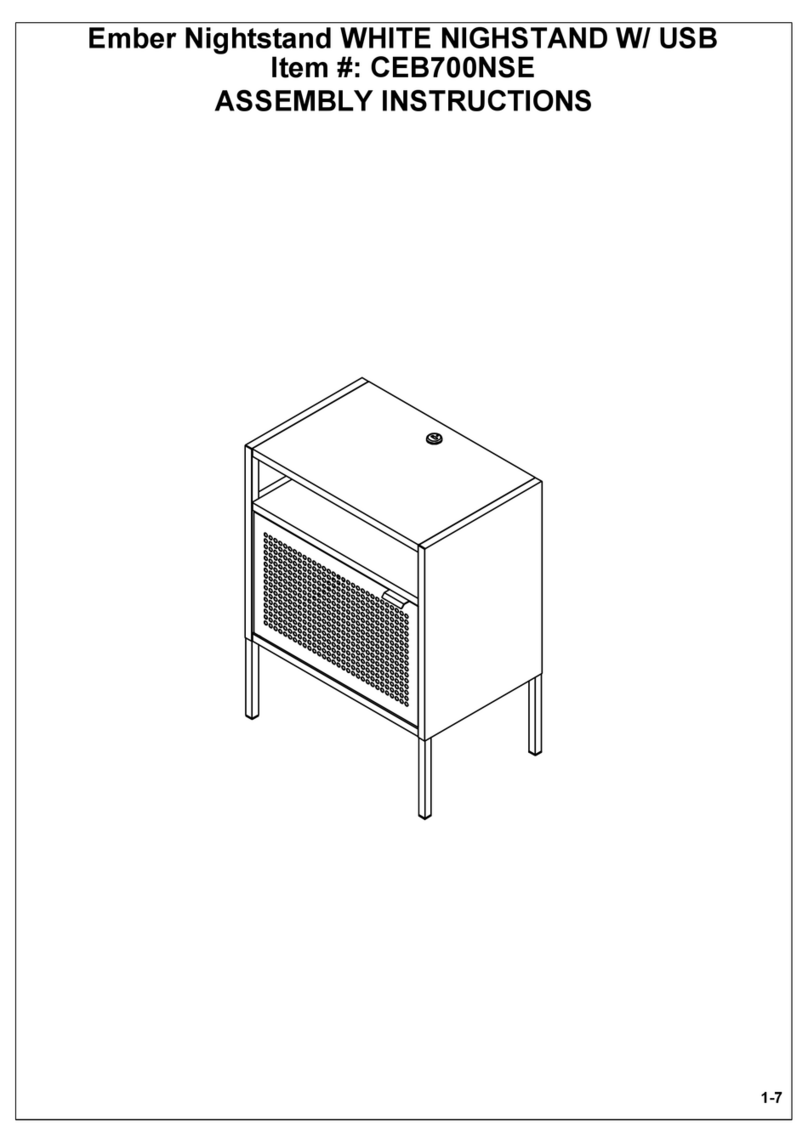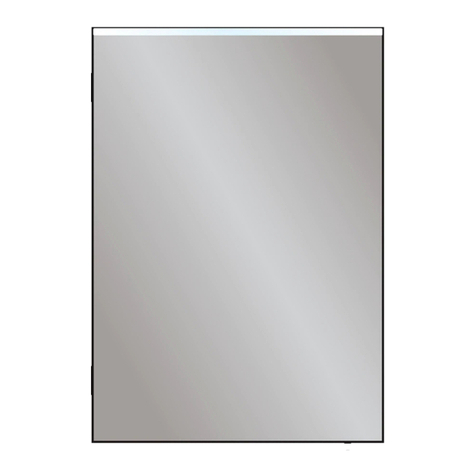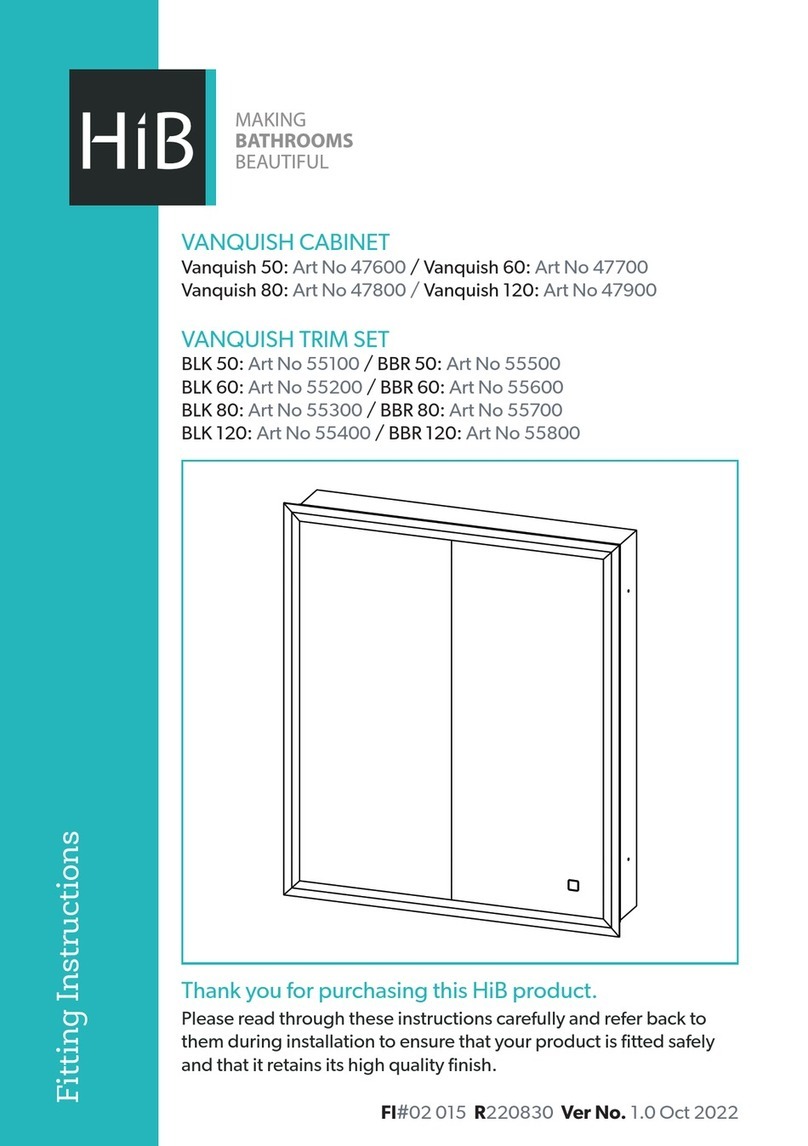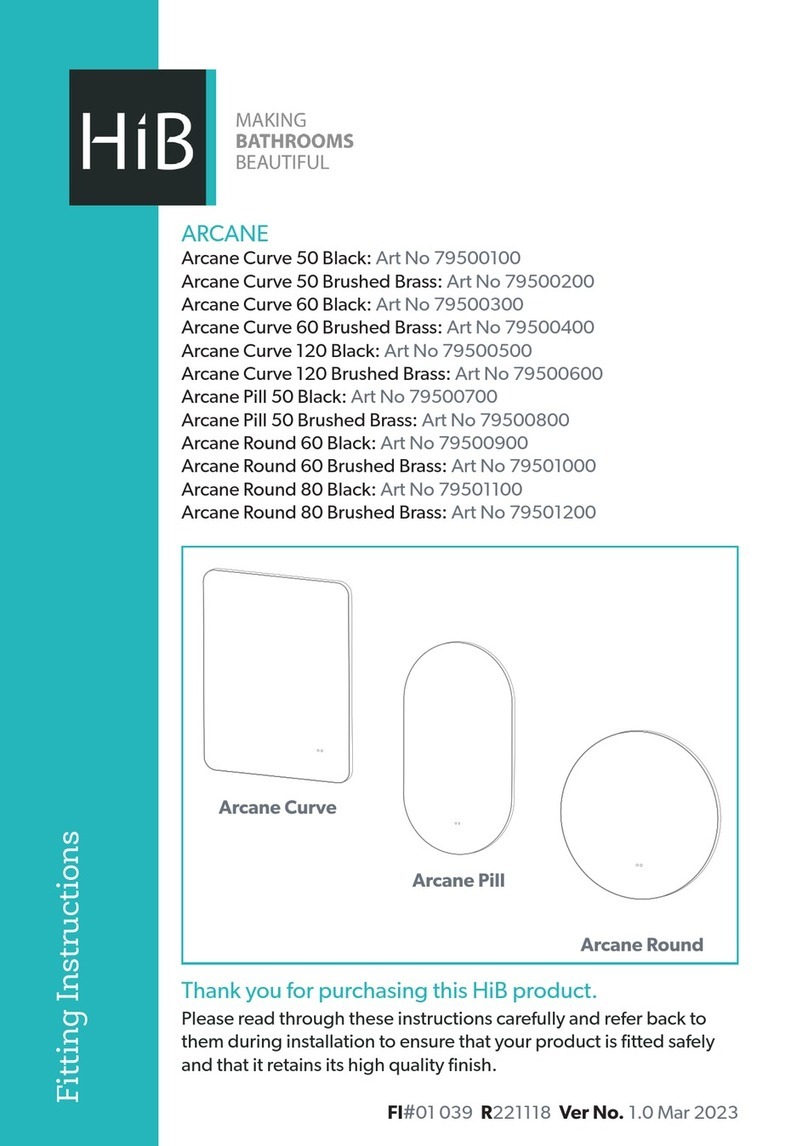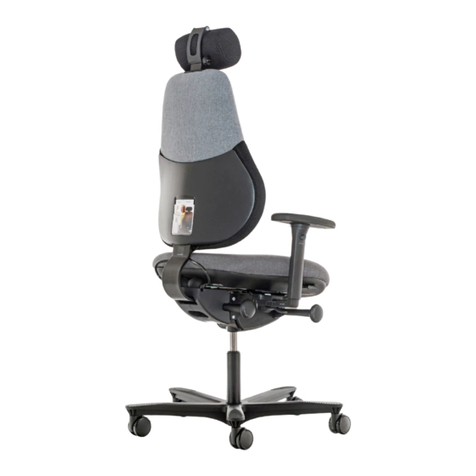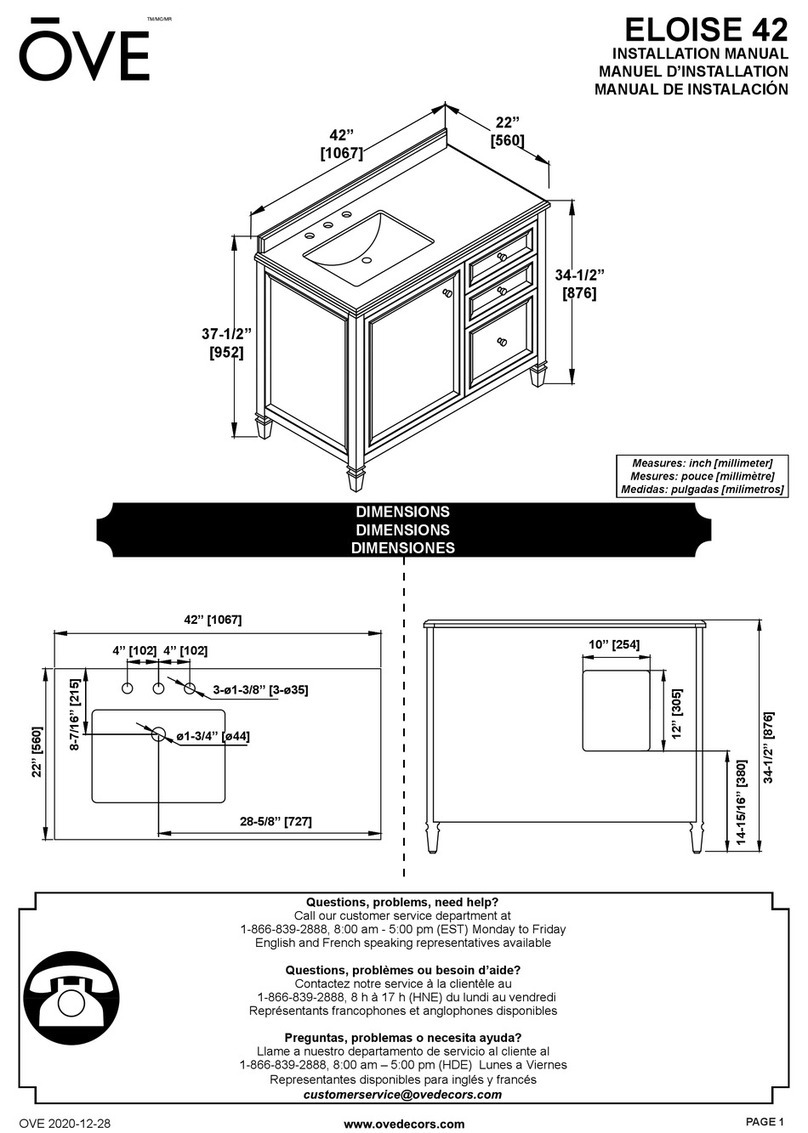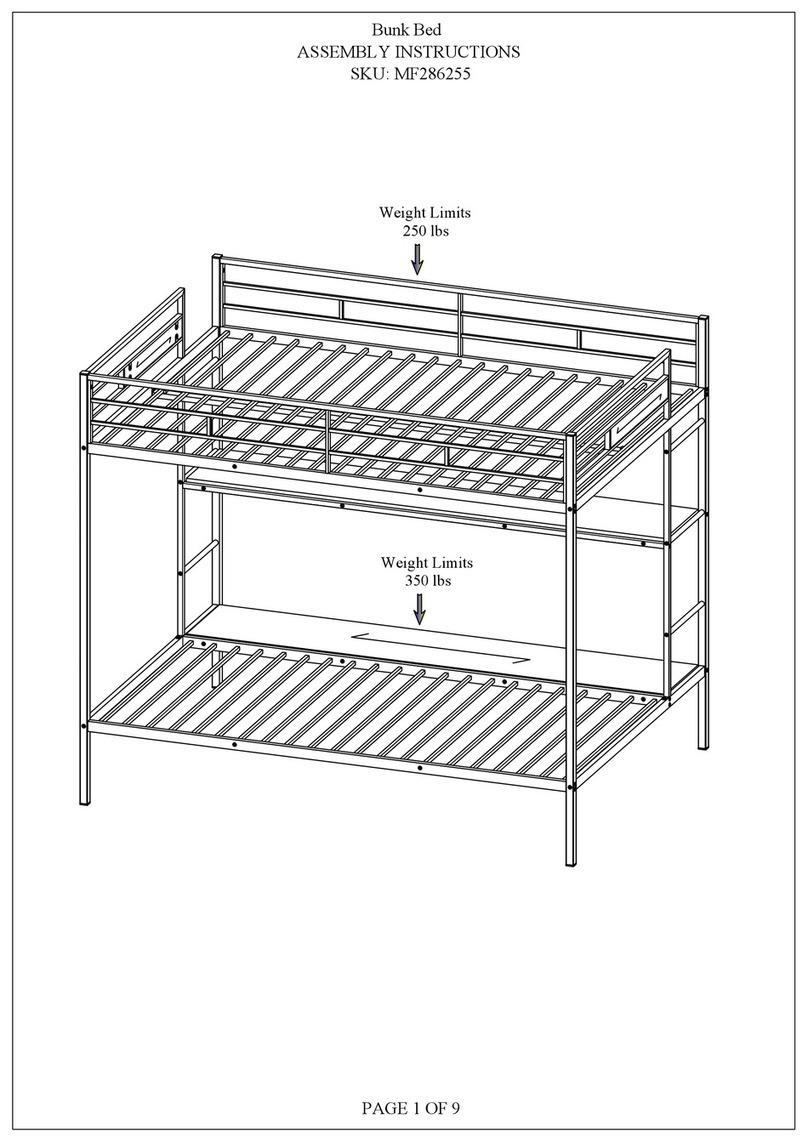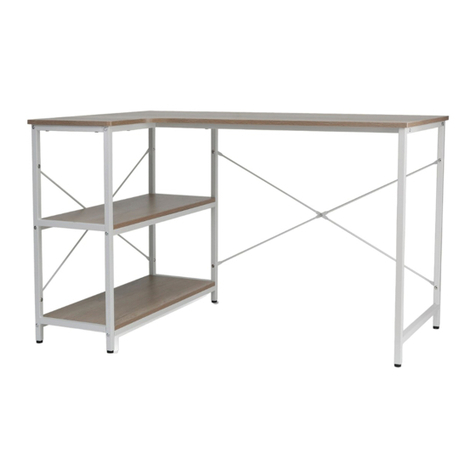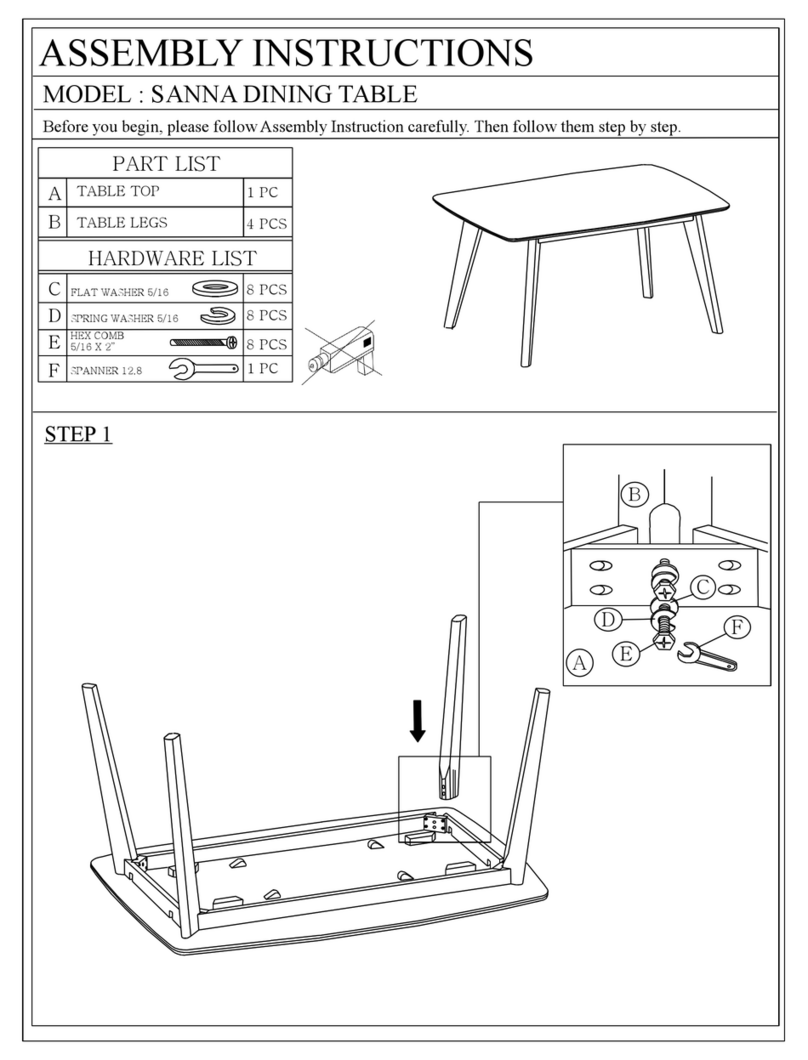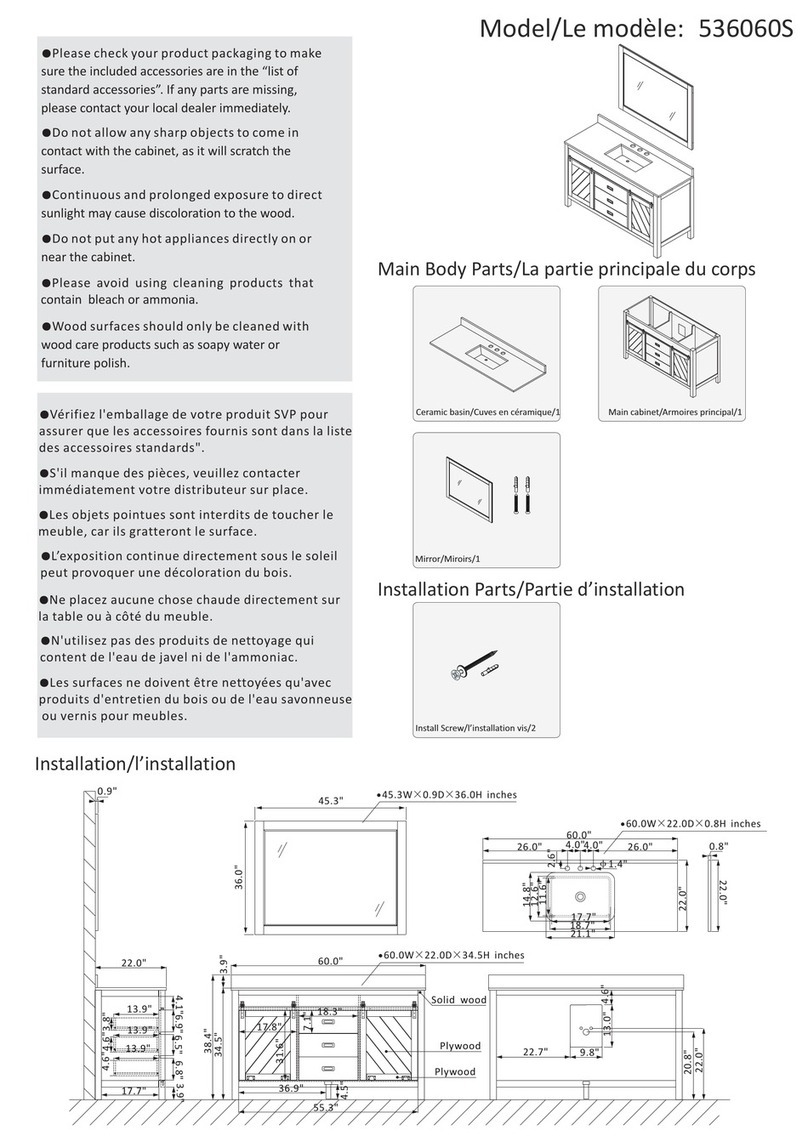
hib.co.uk 3
Move door(s) up/down
Move door away/towards
the cabinet
Move door(s) left/right
3. Before drilling, ensure there are no hidden cables
or pipes behind the mounting points. Using a
suitable drill bit, drill holes in the marked positions
to a suitable depth.
4. Insert wall plugs level with the surface of the wall.
If fitting to a tiled surface, wall plugs should be
inserted below the tile surface to avoid cracking.
NB. For plasterboard walls, specialist fixings
should be purchased from any DIY or hardware
store.
5. Fix the brackets to the wall using the screws
provided.
6. Carefully remove the small screws along the top
front edge of the cabinet to gain access to the
internal panel(s). (Fig. E) Keep screws in a safe
place.
7. Connect the cable at the rear of the cabinet to the
mains supply cable using a suitable terminal block
(not supplied) according to the wiring diagram
(Fig. 2) on the back page.
8. Hang the cabinet in position, tighten the screws
on the hangers (Fig. E) and secure the base of
the cabinet with the supplied fixing bracket and
screws (Fig.F).
9. Once fully secure, close the internal panel(s) using
the screws removed at stage 6.
10. Fit shelves in desired positions using shelf
supports.
11. Prior to re-attaching the door(s), ensure the
connector(s) are reconnected correctly. Feed
excess wire(s) back into the carcass before re-
attaching the hinges back into position.
12. If necessary, the hinges can be adjusted in order to
reposition the door(s) (Fig.G).
13. Switch the mains supply back on.
Door Adjustment (Fig G)
Operating Instruction
This cabinet is tted with colour temperature
changing technology.
To switch on/o
Slowly move your hand past the sensor.
To change the colour temperature
1. To alter the colour temperature of the
cabinet, hold your hand underneath the
sensor, the colour temperature will start to
change.
2. Simply move your hand away from
the sensor when the desired colour
temperature has been reached and
continue to operate the cabinet as normal -
the chosen colour temperature will remain
even after power is switched o and on
again.
Charger socket(s) are suitable for charging
and powering electric razors, trimmers and
toothbrushes.
NB. On rst use of the charger socket, inserting the
plug may prove to be sti. Reasonable force may
be required to fully insert the plug. Make sure that
the cabinet is held rmly so that it is not pushed o
the wall. After a few uses, stiness will ease and the
socket will function as normal.
